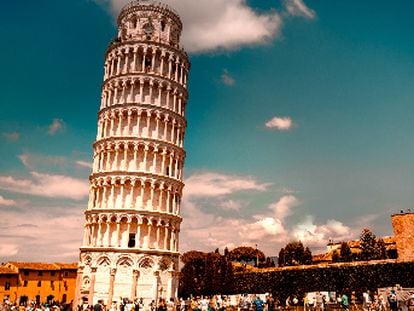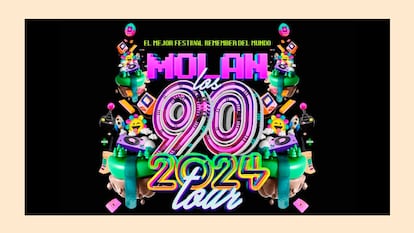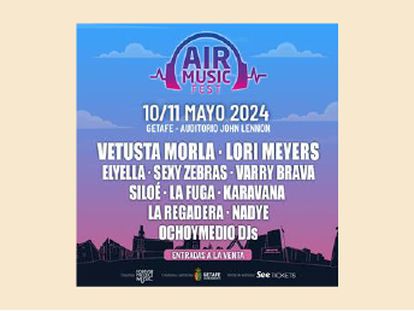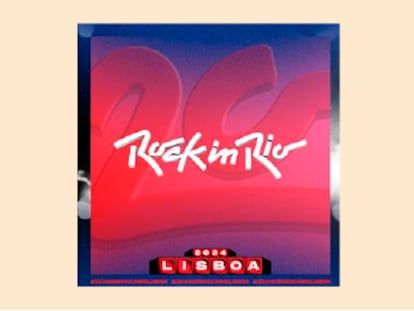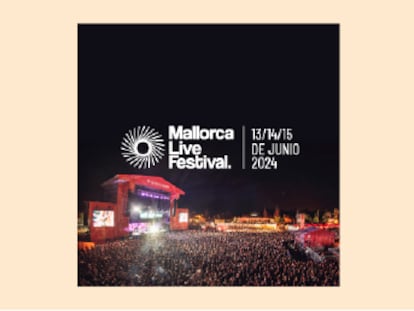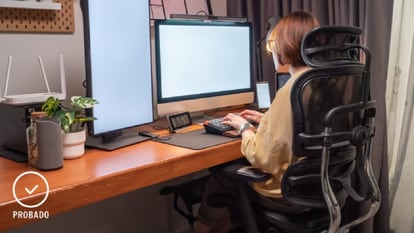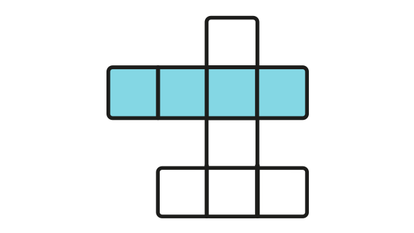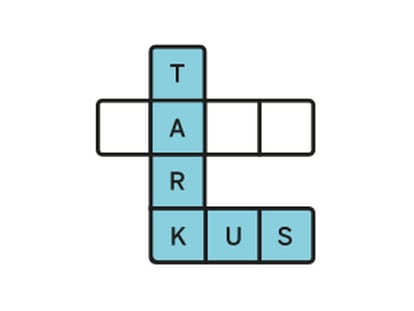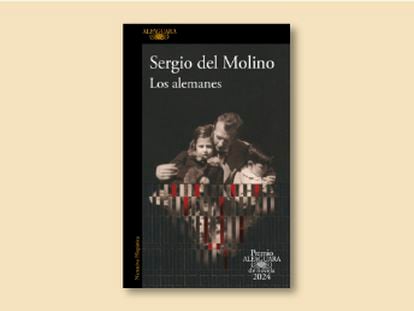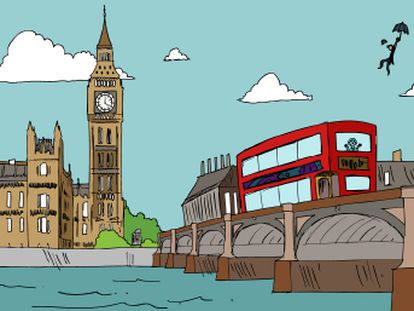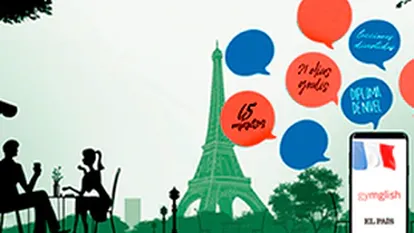Scattered mural painting fragments: putting the pieces back together
Virtual tools are helping art historians in Barcelona to “reconstruct” the isolated church interiors where romanesque murals once appeared, in order to visualize their scattered pieces as an integral whole. With the new tools and the creation of the Virtual Romanesque Documentation Centre (Ars Picta), Spain’s cultural heritage is now viewable by everyone everywhere. Problems of remote location, difficult access and dispersal to the world’s museums and similar obstacles are being minimized.
Catalan painter Joan Vallhonrat had an unpleasant surprise in the summer of 1919. He was making his second visit to the castle and church of Santa Maria de Mur (Pallars Jussà, Catalonia), to finish the colour reproduction of the magnificent 12th century Romanesque paintings there. The trip was difficult and long because there were no roads. Yet when he arrived in the isolated location he was surprised – and shocked – to discover an antiquarian and his team doing something unexpected: they were removing the mural paintings from the walls.
Vallhonrat hurried back to Barcelona to warn the museum board about the destruction of the paintings. It turned out, however, that without any laws to protect national heritage, the Bishop was within his right to sell the decorations, and there was nothing the museum could do to prevent it. As a result, the Board was forced to go into debt in buying the mural paintings back from the plunderers, removing them from their original site and finally allocating them to a public museum. Thus was born the National Art Museum of Catalonia (MNAC), the most important and diverse collection of Romaneque art in the world, and the most spectacular mural collection in Europe.
Unlike Joan Vallhonrat, visitors today can view such treasures in complete comfort without having to travel hundreds of kilometres or hike along dusty trails: they need only catch the bus to the museum. For art scholars, however, the convenience is relative. For example, a visit to the church of Sant Quirze de Pedret (Berguedà) in a fairly isolated area, still requires a trek from the town of Berga near the Pyrenees. But the paintings of the lateral apse are in MNAC, while the ones of the central apse are in Solsona’s Museum, many kilometres away. In addition the only original fragments that can actually be visited today in Pedret are the ones restored in the 1980’s. The arbitrary reproduction in situ of the paintings conserved in Barcelona and Solsona has aggravated the confusion.
There are even more spectacular instances of art fragmentation, like the case of the 11th century Spanish church of San Baudilio de Berlanga (Casillas de Berlanga, Soria). Some of its paintings are still in situ, but the rest are widely scattered among the Prado in Madrid, The Cloisters in New York, and other collections in Boston, Cincinnati and Indianapolis.
Thus, Spain’s geography, history and initial lack of legislation and coherent cultural policies have conspired to prevent art historians from ever again viewing these 11th and 12th century masterpieces as an integral whole in their natural space. Already in the 13th century the altarpieces and refurbishments were systematically hidden from the faithful. And in the 20th century their gradual discovery and removal have further dispersed the remains. Consequently, we who are studying this heritage face the enormous difficulty of not even knowing the shape and size of the original murals. Imagine a doctor who, in order to diagnose an illness, first has to examine each part of the patient in different hospitals!
Our research seems like the reconstruction of a crime scene from partial evidence: for example, building an identity from the name of a count, a few scenes of the paintings, and information about the mineral content of pigments used. Not much to go on. When visitors view the collection in a museum, the label identifying the theme and probable date of execution gives no hint of all the hard research and detective work lying behind each piece.
Romanesque paintings, especially, cannot be detached from their original setting. Studying them as something separate is like pretending to study the design of a chair while ignoring that it was made for sitting. Churches, like most buildings, fullfil multiple functions, and their decoration completes, modifies and complements these in each situation. Understanding this is as important as knowing when, why and by whom the decoration was financed.
In Ars Picta, a consolidated research group of Catalonia’s Government belonging to the Research Institute of Medieval Cultures (Institut de Recerca en Cultures Medievals, IRCVM), at the University of Barcelona, we are addressing this problem. Our team has started to reconstruct the mural paintings, creating the Virtual Romanesque Documentation Centre® (www.arspicta.cat). In this virtual centre we are storing all the photographic, analytic and bibliographic documentation related to the mural painting collections. In this way we can work online with our collaborators and at the same time make the information available to specialists the world over. In parallel, an open version of the web page allows everybody interested to get in touch with our researchers. The final objective, if we succeed, is the restitution of the scattered collections, so that people have the possibility of knowing what the churches and their decorations resembled in their original condition, place and time. In the following months, the first results will be available online: Sant Climent and Santa Maria de Taüll and Sant Joan Boí (Boí Valley, Pallars Sobirà), Sant Pere de Sorpe (Àneu Valley, Pallars Sobirà), Santa Maria de Ripoll (Ripoll, Ripollès), Santa Maria d’Alaó and Sant Vicenç de Roda de Isàvena (Ribagorça, Zaragoza). These are just a few of Catalonia’s many beautiful churches, but they represent an important beginning.
Thanks to Ars Picta, those not able to visit the Boston (USA) Museum of Fine Arts where the major apse of Santa Maria de Mur is on display, or to visit the different locations in Catalonia where pieces of other Romanesque art are found, can now do so from the comfort of an armchair. Virtual tools ensure that these exquisite examples of mankind’s genius and vision are just a mouse click away.














